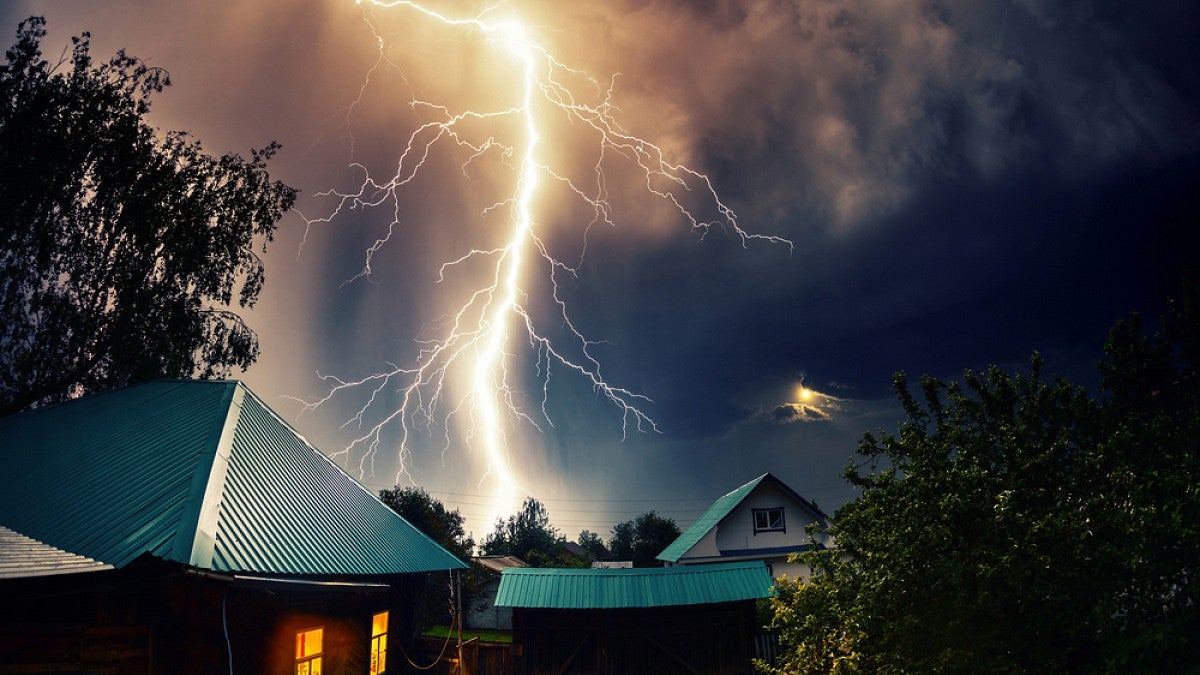UO economist Eric Zou had heard the stories that visits to the emergency room increase when a thunderstorm arrives. The abiding theory was the rain that fell with the thunderstorm caused pollen granules floating in the air to burst, sparking an increase in respiratory ailments.
As environmental economist, Zou decided to check it out.
Zou and colleagues from Harvard and the University of Illinois crunched reams of data from Medicare and the National Weather Service and confirmed that more people, particularly older people with respiratory illness, were making more hospital visits on the eve of thunderstorms.
But they found it was not pollen that was causing people problems, at least not exclusively. Rather, they suspect it is stagnant air causing fine particulates to accumulate in the air, as well as an increase in temperatures, that was leading to breathing problems and an increase in ER visits.
Zou, an assistant professor, joined the UO Department of Economic last fall after earning a doctorate at the University of Illinois and doing postdoctoral work at Cornell University. As an environmental economist, he applies economic tools to environmental topics, such as the effect of pollution and climate change on people’s health.
He worked with colleagues at the Department of Health Care Policy at Harvard and the Department of Finance at the University of Illinois, Urbana-Champaign, to devise the study, which was recently published in JAMA Internal Medicine.
They tapped two, huge data sources: Medicare, which tracks hospital visits by Medicare enrollees — basically, anyone over age 65 — and the National Weather Service, which tracks exactly when and where lightning strikes occur through the use of lightning sensors.
Analyzing that data, they were able to estimate what percentage of people visited an emergency room for breathing problems 20 days before and 20 days after a thunderstorm. Their study found that about 52,000 extra thunderstorm-related ER visits occurred from 1999 to 2012. The issue is important, they said, because thunderstorm-related atmospheric changes are expected to increase in severity with rising global temperatures
“We see from data that there’s a rise in respiratory ER visits leading up to the day the storm hits,” Zou said. “We were looking at 2.2 million thunderstorm events, so we have very precise evidence on the phenomenon.”
To further analyze the data, they looked at wind speed, and found the old adage about a calm before the storm to be true.
“It turns out there is a stagnation, a slowing down of air motion, in the days before thunderstorm,” he said.
As the air stagnates, fine particulate matter, known to be respiratory stressor, accumulates in the air in the days before a thunderstorm. The stagnant air also leads to higher temperatures, which also contributes to breathing problems.
After the storm hits, wind and rain clean out the air pollution, and in the days that follow, ER visits for breathing problems decline.
—By Tim Christie, University Communications


